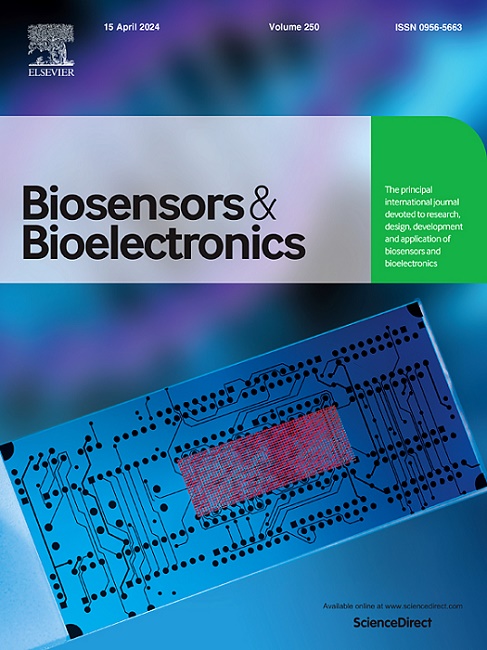Deep learning enabled open-set bacteria recognition using surface-enhanced Raman spectroscopy
IF 10.7
1区 生物学
Q1 BIOPHYSICS
引用次数: 0
Abstract
Accurate bacterial identification is vital in medical and healthcare settings. Traditional methods, though reliable, are often time-consuming, underscoring the need for faster, more efficient alternatives. Deep learning-assisted Surface-enhanced Raman spectroscopy (SERS) offers a rapid and sensitive method, demonstrating high accuracy in bacterial identification. However, current deep learning models for bacterial SERS spectra classification typically operate under a closed-set paradigm, limiting their effectiveness when encountering bacterial species outside the training set. In response to this challenge, we propose a transformer-based neural network for open-set bacterial recognition using SERS spectra. Our model utilizes a combination of classification and reconstruction tasks, rejecting unknown species by analyzing reconstruction errors. Experimental results show that the proposed model outperforms traditional open-set recognition approaches, providing superior accuracy in both classifying known species and rejecting unknown ones. This study addresses the limitations of existing closed-set methods, improving the robustness of bacterial identification in real-world scenarios and demonstrating the potential of integrating SERS with transformer models for medical and healthcare applications.

求助全文
约1分钟内获得全文
求助全文
来源期刊

Biosensors and Bioelectronics
工程技术-电化学
CiteScore
20.80
自引率
7.10%
发文量
1006
审稿时长
29 days
期刊介绍:
Biosensors & Bioelectronics, along with its open access companion journal Biosensors & Bioelectronics: X, is the leading international publication in the field of biosensors and bioelectronics. It covers research, design, development, and application of biosensors, which are analytical devices incorporating biological materials with physicochemical transducers. These devices, including sensors, DNA chips, electronic noses, and lab-on-a-chip, produce digital signals proportional to specific analytes. Examples include immunosensors and enzyme-based biosensors, applied in various fields such as medicine, environmental monitoring, and food industry. The journal also focuses on molecular and supramolecular structures for enhancing device performance.
 求助内容:
求助内容: 应助结果提醒方式:
应助结果提醒方式:


